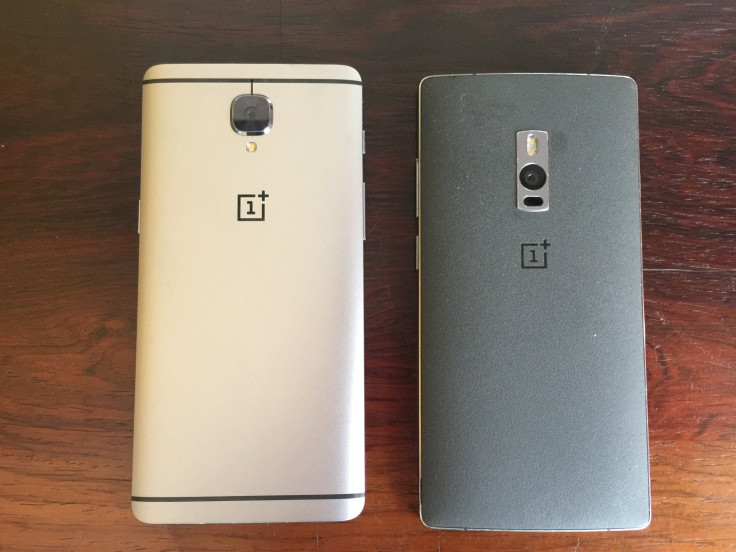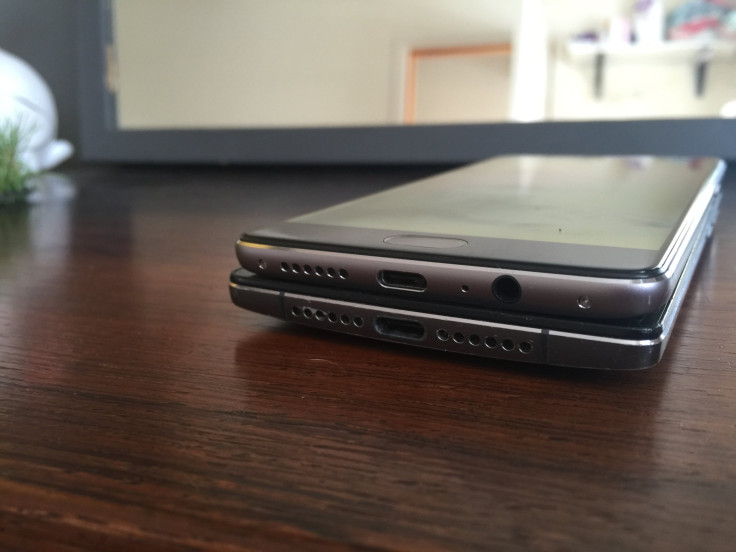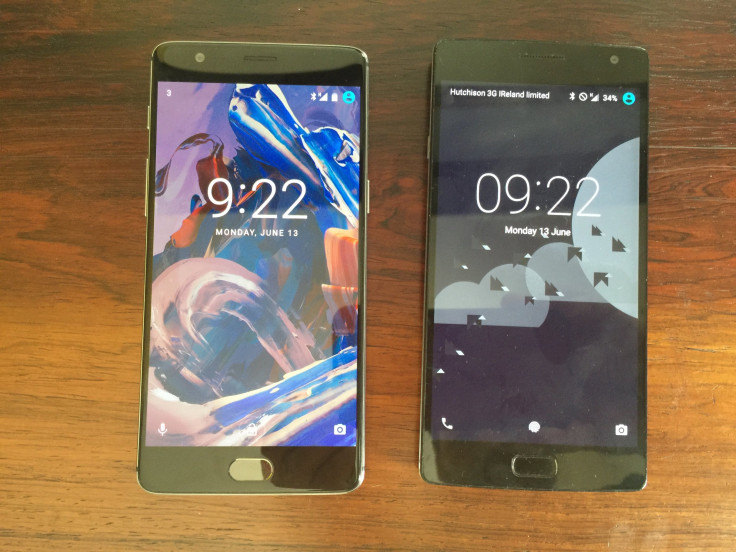OnePlus 3 vs. OnePlus 2: Should You Upgrade?

OnePlus, the small Chinese company that makes big boasts about its products, has just launched the OnePlus 3, its 2016 flagship and update to last year's OnePlus 2 model. The question is, is it worth upgrading?
For customers considering whether to upgrade from last year's model to the new and shiny OnePlus 3, or for those who are looking to purchase their first device from OnePlus, here is a guide to what's different and how the two smartphones compare:
OnePlus 3 vs. OnePlus 2: Design
The change in design is the most immediately obvious difference between the two smartphones. The OnePlus 3 is the company's first to feature a metallic unibody design, making it feel more premium. It is also slimmer and lighter than the OnePlus 2 though the camera lens does protrude significantly from the rear cover, breaking those clean lines.

But it's not a simple case of metallic unibody trumping everything else. The rough sandstone cover of the OnePlus 2 may not have appealed to everyone, but it was unique and in a world where unique smartphone designs are becoming increasingly rare, for many people the older design will still appeal.
OnePlus 3 vs. OnePlus 2: Camera
This is probably the single biggest upgrade from OnePlus. The 13 megapixel camera on the OnePlus 2 was not bad, but it wasn't really good either. It produced some good pictures in the right conditions, but struggled a lot of the time.
The 16 megapixel sensor on the OnePlus 3 from Sony is a big improvement and makes taking great photos very easy with a range of modes designed to make it simple to quickly snap great images. It can shoot 4K video, has RAW support and the 8 megapixel front-facing camera has a neat smile mode to allow you auto-capture images without having to press a button.
OnePlus 3 vs. OnePlus 2: Processor
The OnePlus 3 is one of the first phones on the market with 6GB of RAM, but considering you can get the OnePlus 2 with 4GB of RAM, it's not a huge upgrade and for the most part users will never need those additional 2GB of RAM.
The OnePlus 3 uses Qualcomm's latest Snapdragon 820 chipset, an update on the Snapdragon 810 chipset in last year's model and the overall experience does seem more fluid, though again, not so much as to make last year's model seem slow or clunky.
OnePlus 3 vs. OnePlus 2: Screen
This is one of the smallest upgrades. Both phones feature 5.5-inch displays with 1080 x 1920 pixel resolution. However, the OnePlus 3 now uses an AMOLED panel compared to the IPS panel used in last year's model, which makes it more vibrant and uses less battery. OnePlus has also made the screen brighter and better at viewing in direct sunlight.

OnePlus 3 vs. OnePlus 2: Features
A number of people criticized the OnePlus 2 for failing to include NFC and in the new model the company has fixed this. There is also a new fingerprint sensor on the home button, which is a big improvement over last year's model, which was hit and miss when trying to recognize users' digits. The new sensor is lightning fast and rarely fails to recognize a stored fingerprint.

The new phone also has a fast charging system called Dash Charge, which boosts you battery by 60 percent in just 20 minutes without the risk of overheating. It is one of the new phone's best features.
OnePlus 3 vs. OnePlus 2: Software
Both devices are now running Android 6.0 (Marshmallow) with the company's own Oxygen software skin on top, which is nowhere near as intrusive as some of the skins on offer from other manufacturers.
OnePlus 3 vs. OnePlus 2: Price
The OnePlus 3 is on sale now for $399 directly from the company. The OnePlus 2 launched last year cost $389 before the price was dropped to $349 and just last week dropped again to $299.
With $100 to be saved by choosing the year-old model, the OnePlus 2 will still be appealing to some customers, but if you want the better phone, then the OnePlus 3 is really the only option.
© Copyright IBTimes 2024. All rights reserved.






















